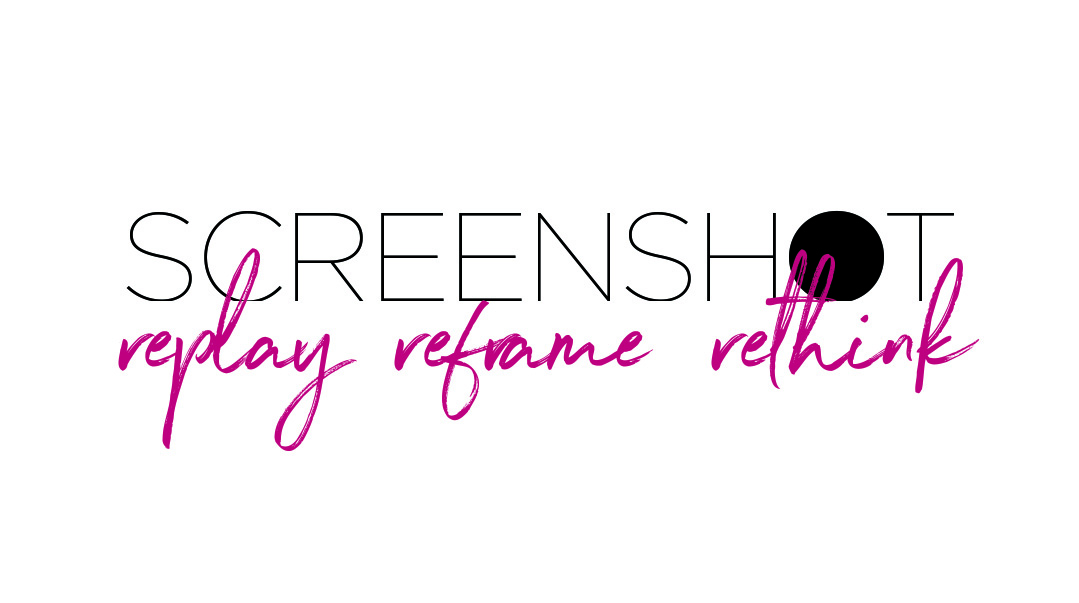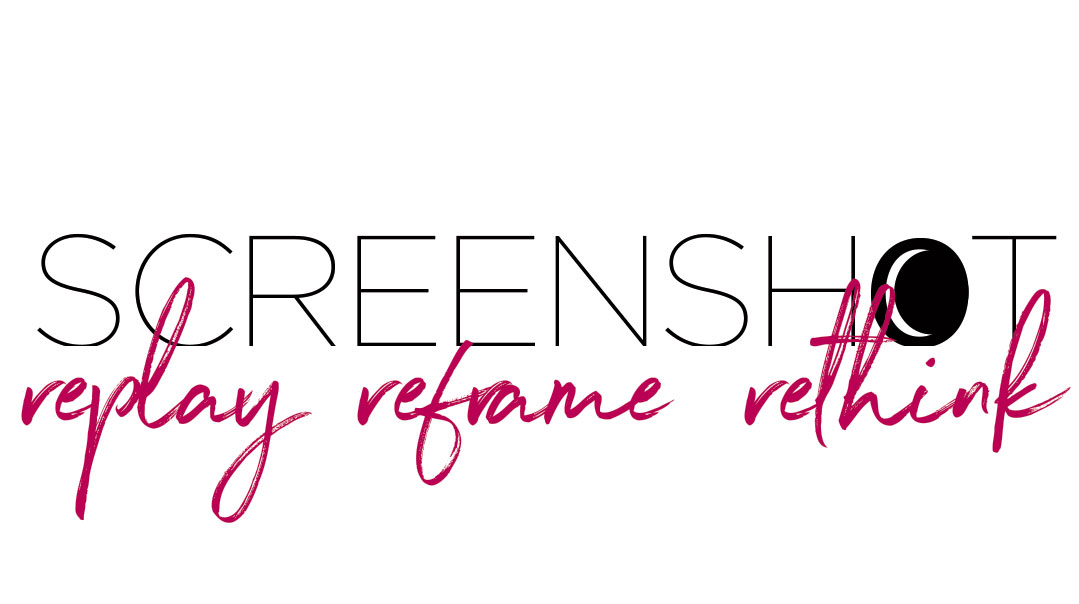Around the Table

Having everyone around the table together — even a virtual table — involves a different kind of energy

Last week one of our American contributors came to visit, and was given a grand tour of Mishpacha’s new headquarters.
He checked out the front desk, editors’ offices, graphics room, kitchen areas, water cooler and coffee machine. Then he peeked into a conference room and took in the sight of a room full of animated people surrounding a long table, engaged in lively conversation.
“Wow, this is a real meeting,” he said.
And I wondered, are Zoom meetings fake? With our team spread out over different locations and time zones, especially over the past two years of Covid-restricted travel, we’ve been doing a lot of our meetings virtually. Virtual meetings mean everyone is in their own little space, and it’s that much harder to form a group dynamic. Plus, it’s a lot easier to be involved in side pursuits — texting, answering emails, finishing up that week’s parshah, compiling menus — when you can limit the other participants’ field of view. I’m sure I’m not the only person who’s gotten unrelated emails from meeting participants while someone else is doing the talking.
On the other hand, live meetings don’t work well for everyone. Years ago I noticed that one of our most eloquent writers had a terrible time expressing himself at meetings. You’d think that a communicator is a communicator, but the truth is that some people communicate a lot better with the written than the spoken word.
And then there’s that participant who remains quiet, pensive, and seemingly detached. But it’s happened more than once that once the meeting is done, that same participant sends an impassioned email explaining what they really think — an email that’s insightful and on target, diagnosing what the problem really was or where the pitch really has to go. And you wonder — was the atmosphere at the meeting just too intimidating or chaotic? Or is this the type of person who does better writing one-on-one rather than presenting to a crowd?
Over the last few years, we’ve tried lots of different ways to get material moving. Sometimes we use group emails and shared Google docs. We’ll give everyone a color — this editor is pink, that one yellow, that one green — and use the colors to assign follow-ups. When an editor in the US is serving breakfast, the editor in Israel is updating, reviewing, sending material forward. When the Israel editor is on the way home, the US editor makes her own changes to the grids. They’ll update their tasks and projects with a quick phone conversation, and then when the production manager wakes up the next morning, lots of new material might be there waiting for processing. When a team is empowered to keep material moving at various paces and times, the end result can be very effective and efficient.
But having everyone around the table together — even a virtual table — involves a different kind of energy. And often it’s the vital first step that just can’t be skipped or substituted, even with the best color-coding system.
A good meeting is so much more than the sum of the individual ideas and personal perspectives of the participants. That shared table is where real brainstorming happens, where the power of collective creativity proves much more potent than twenty great emails.
Usually the good meetings take work — before, during, and after. Someone has to prepare well beforehand, creating a clear agenda and making sure all the participants know what to bring to the table. Food can be helpful, to the extent that it motivates rather than distracts. A moderator should keep an eye on the clock and finger on the pulse, knowing when to allow spontaneous conversation and when to keep things moving, when the dialogue is leading nowhere and when to allow it to unfold. Participants need to bring concentration, goodwill, and listening skills to the table.
After it’s over, individual actors — editors, writers, coordinators — have to get to work again to transform the brainstorming into assignments with deadlines and word counts. There’s a lot that still has to happen.
But many will say that the hardest part of the process is picking out those barely perceptible currents of energy, and grasping them long enough, discussing them with just the right people, developing them in exactly the right direction, so they can be channeled into an articulable idea. Once it’s there on paper, once someone gets it down as a proper pitch, we can move to the next stage. And if we can, that means the meeting has served its purpose.
—Shoshana Friedman
Managing Editor
(Originally featured in Mishpacha, Issue 899)
Oops! We could not locate your form.


